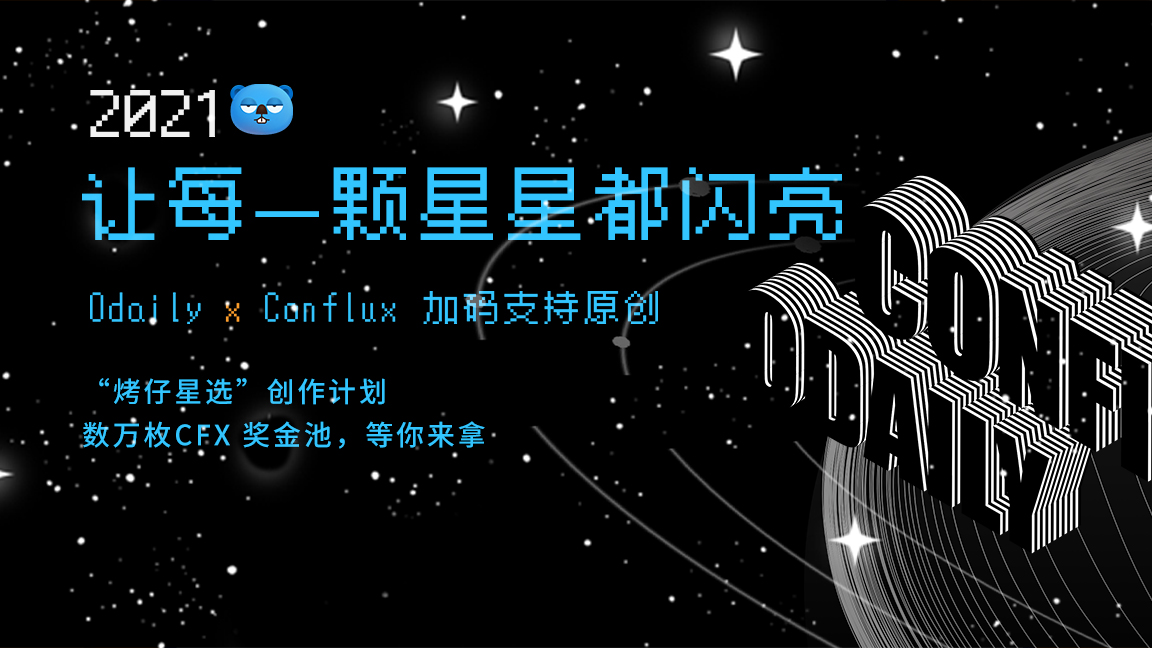There is a long-standing saying that all financial innovation can actually be boiled down to two points: finding ways to increase leverage, and bundling/unbundling risks so that investors can price assets more efficiently.

Among them, the first major financial innovation dates back to the separation of debt and equity in the fifteenth century. It splits risk, creating two types of risk holders: debt (low risk, low return) and equity (high risk, high return).
In the past 20 years, the development speed of the financial market has increased by 1000 times, but the overall financial structure has basically remained unchanged. Most of the capital flows are in the same way: debt, equity, preferred stock, futures and options.
The emergence of securitization has improved the overall efficiency of large-scale capital allocation, but most of the underlying assets that have undergone securitization have not changed substantially. The same is true in financial structures: the big banks that offer these complex products essentially use the aforementioned popular tools to hedge potential risks.
credit default swapcredit default swap(CDS)and covered debt securities(CDO) has exploded over the past 20 years. They both unbundle risk, allowing investors to price assets more efficiently based on guarantees and underlying cost of capital.
And in the crypto industry, the DeFi ecosystem is experimenting with new financial structures at a breakneck pace. For example, a large number of tools based on liquidity pool market makers have shown a Cambrian explosion, including options (such asHegic、Potion) and spot transactions (such asUniswap、Balancer、Curve)。
But in fact, the most important financial innovation in the past ten years is the "perpetual swap contract" launched by BitMEX in 2016, also known as "perpetual swap contract". Many current financial structures in the market focus on the trading of synthetic assets, but we believe that perpetual contracts are the first echelon of the correct structure. This is also evident empirically. At this stage, the contract trading volume of cryptocurrencies is 3-10 times that of the spot, while the trading volume of other synthetic assets only accounts for a part of the spot. In fact, the market is very clear: Compared with synthetic asset transactions, perpetual contracts are the most ideal financial structure. At the same time, we expect perpetual swap contracts to become a very popular asset class in the next decade.
Therefore, as early as August 2020, we led the investment in a new automated market maker (AMM) protocol focused on perpetual contractsPerpetual Protocol(aka Perp.fi) closed a $1.8 million investment round!
as well asAlameda Research、Three Arrows Capital、CMS Holdings、Zee Prime Capitalas well asBinance Labsas well asAlex Pack、Andrew Kang、Tony Sheng、Calvin Liu、George Lambethas well asRegan Bozmanalso participated in this investment.
Since then, the team's work has progressed very well. Perp.fi, which officially launched a month ago, has traded $304 million in the past week, making it the sixth-largest decentralized exchange on Ethereum at the time of writing. They just released a blog today, giving a comprehensive review of the results achieved since the mainnet was launched one month ago. In order to understand the reasons for Perp.fi's rapid growth, it is necessary to take a closer look at its structure and team.
About Perpetual Contract (Perpetual Protocol)
Perp.fi is a breakthrough financial facility that combines the best of both CeFi and DeFi: the CeFi-style leverage that perpetual contracts traders have come to expect, and the liquidity and simplicity offered by DeFi systems AMMs.
Traditional AMMs have some disadvantages, the most prominent of which are impermanent losses and low capital efficiency faced by market makers unilaterally. Perp.fi essentially solves both of these problems by eliminating the order maker. Only takers exist in Perp.fi!
blogblogThere are detailed explanations, and the following is a brief summary.
Perp.fi is powered by a Virtualized Automated Market Maker (vAMM for short). Before trading with vAMM, traders need to deposit collateral into a vault (vault), which is the same as other derivatives exchanges (only USDC is supported initially, and other collaterals may be introduced later). Once collateral is deposited, they can trade perpetual contracts just like they would on a centralized exchange, with one key difference: On a centralized exchange, the trader’s counterparty is a pending order on a centralized limit order book (CLOB) party, while the counterparty of the Perp.fi trader is the vAMM itself. Perp.fi’s vAMM adopts the same xy=k curve as Uniswap.
Since the vAMM is virtualized, so is the k-value — meaning it can be adjusted algorithmically based on volume, open interest, funding rates, and other market data. As the value of k increases, the trader's slippage is lower.
Perp.fi provides traders with all the features that other perpetual contract platforms have, and it balances longs and shorts through a funding rate. The V1 version uses Chainlink as a price oracle and provides a reference base index. The financing rate formula andFTXSame as the exchange. Perp.fi also has an insurance fund, which is used to ensure that successful traders can get profits.
Perp.fi is powered by a token called PERP. PERP tokens have the following functions. First of all, PERP holders govern the entire protocol, managing parameters including transaction fees, asset listing, and insurance fund management. Second, PERP holders will act as the ultimate backstop in the extreme event of exhaustion of insurance funds. If this happens, the protocol mints new PERP tokens and conducts an auction, with proceeds paid to the winning trader.
Founder of Perp.fiFeng Yanwen(Yenwen Feng) andLi Shaogang(Shao-Kang Lee) are serial entrepreneurs who have started 7 companies in the past 15 years. Before the iPhone, they were pioneers in mobile application development, developing early real-time social and mobile experiences, and more recently in encryption for several years. Obsessed with financial engineering and the design principles of derivatives, they realized the possibility of developing perpetual contracts based on vAMM curves after studying the complexity of DeFi.
I have been working closely with the Perp.fi team over the past few months and have found them to be very humble and hard working. They assembled a great team and attracted a lot of investors and advisors. Along the way, they were pragmatic and thoughtful at every point, and their execution was smooth.
Perhaps the most advantageous aspect of the Perpetual protocol is that it can trade any asset with a public price, that is, it can trade cryptocurrencies, commodities and/or perpetual contracts of any class of assets. Thanks to its permission-free and censorship-resistant features, Perp.fi protects HP's billions of people around the world, democratizes the public's access to the financial market, and allows them to enjoy the liquidity it provides. We couldn't be more excited to be a part of it.
Disclosure: Multicoin has developed, maintained and enforced written policies and procedures reasonably designed to identify and effectively manage conflicts of interest related to its investment activities. Multicoin Capital adheres to a "no-trade policy" for the assets listed in this report for three days after the public release ("no-trade period"). Multicoin Capital is an investor in the Perpetua protocol and holds PERP tokens.




